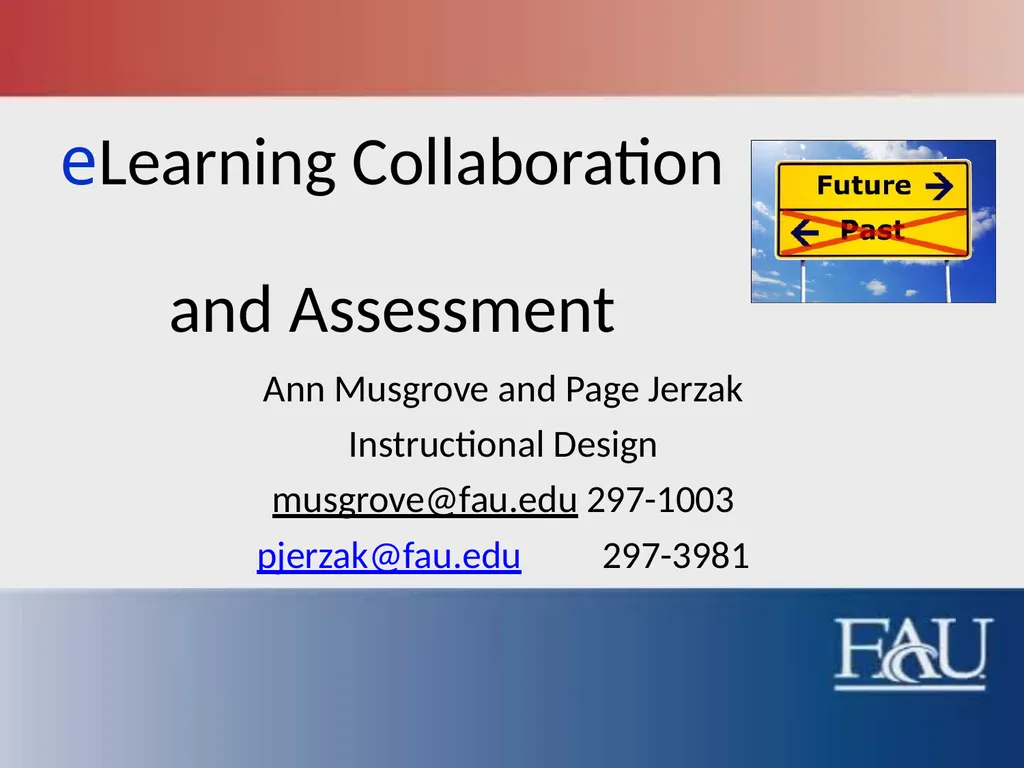
Author : tawny-fly | Published Date : 2025-05-16
Description: eLearning Collaboration and Assessment Ann Musgrove and Page Jerzak Instructional Design musgrovefau.edu 297-1003 pjerzakfau.edu 297-3981 Collaborative Learning What is Collaborative Learning (CL)? Why does CL help learners? How is CLDownload Presentation The PPT/PDF document "" is the property of its rightful owner. Permission is granted to download and print the materials on this website for personal, non-commercial use only, and to display it on your personal computer provided you do not modify the materials and that you retain all copyright notices contained in the materials. By downloading content from our website, you accept the terms of this agreement.
Here is the link to download the presentation.
"eLearning Collaboration and Assessment Ann"The content belongs to its owner. You may download and print it for personal use, without modification, and keep all copyright notices. By downloading, you agree to these terms.












